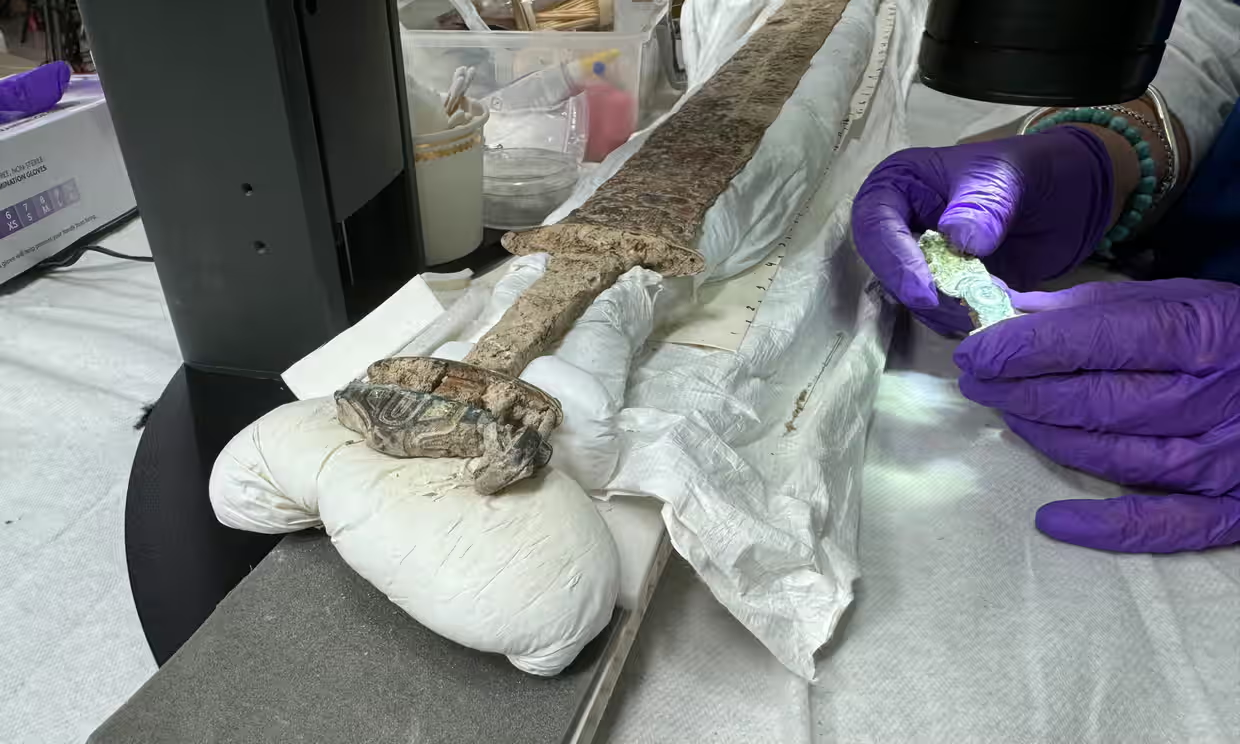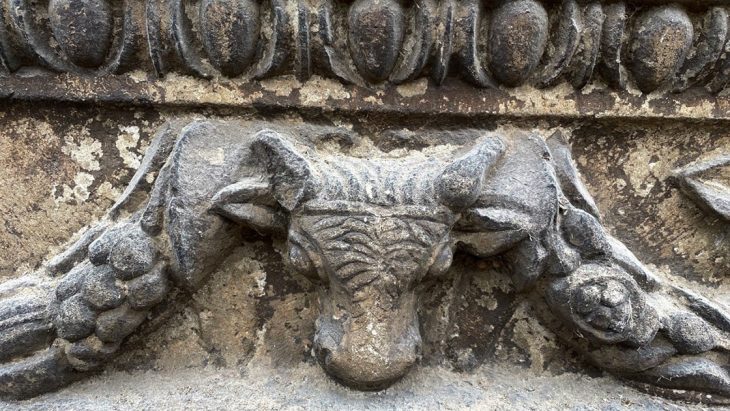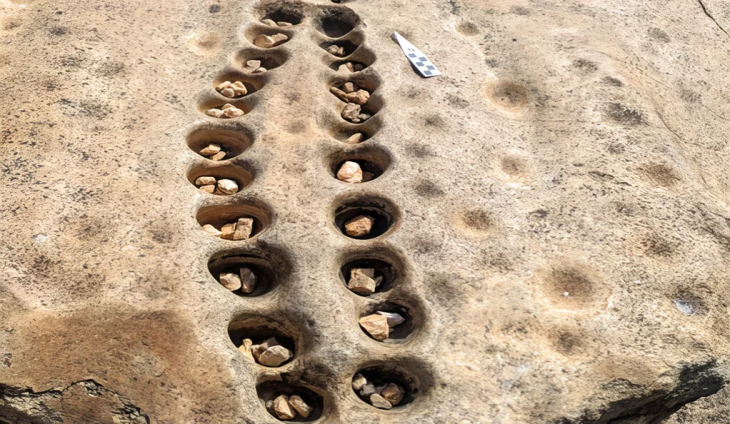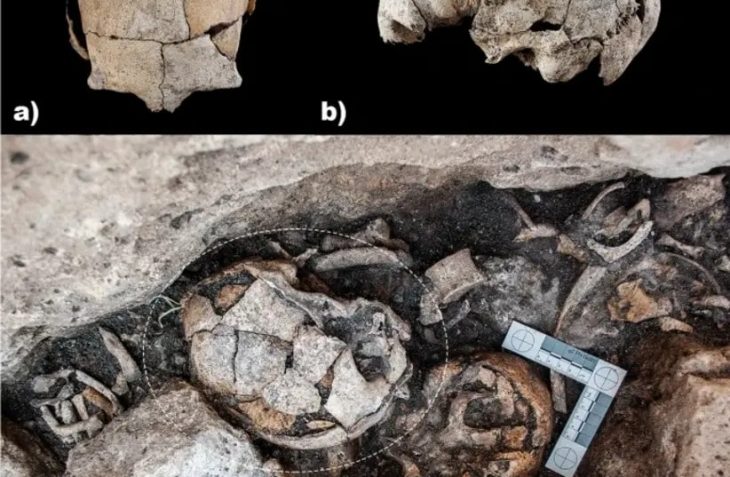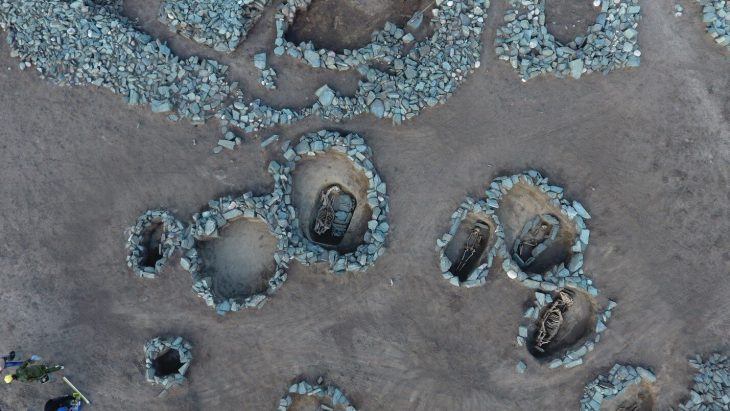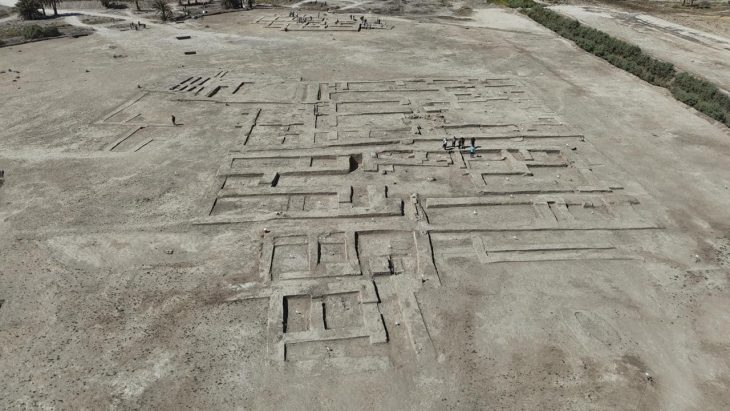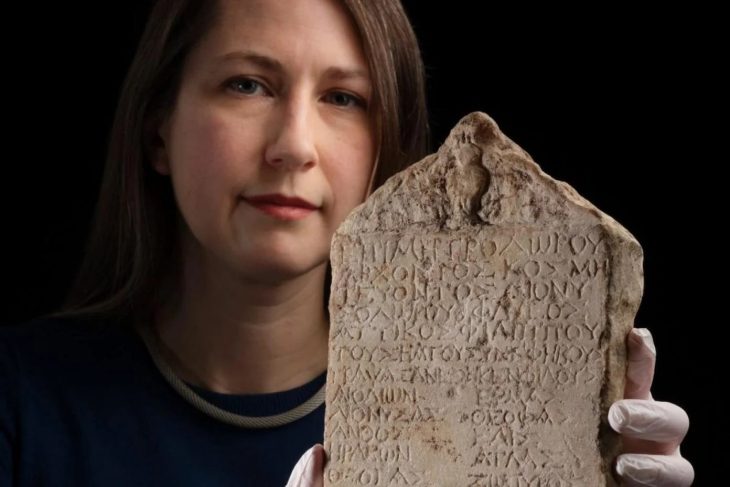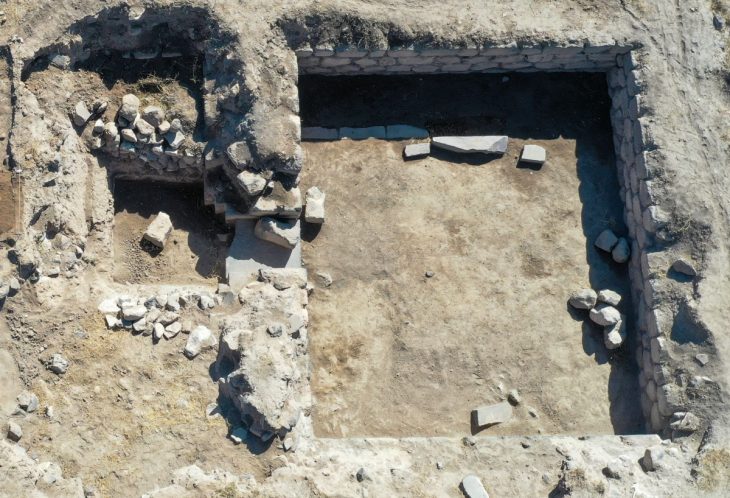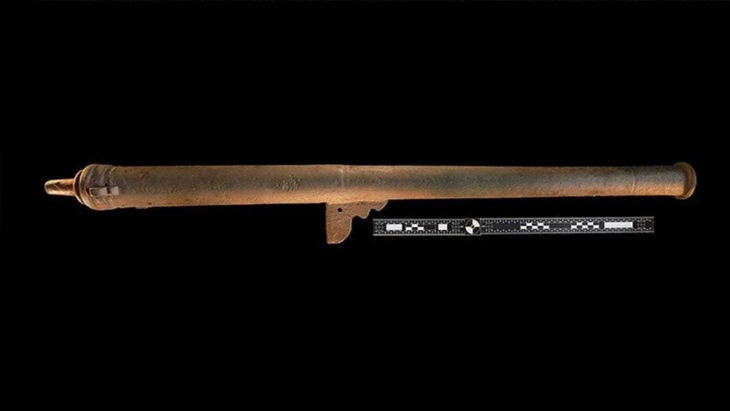A spectacular sixth-century sword has been unearthed in an Anglo-Saxon cemetery in southeast England, and archaeologists say it is in an exceptional state of preservation and is similar to the sword found at Sutton Hoo, an Anglo-Saxon cemetery in Suffolk.
The find was made in a rural area close to Canterbury, but the exact location is being kept a secret by experts because they have discovered so many valuable artifacts.
The sword bears a silver-and-gilt hilt and runic inscriptions along the blade. According to archaeologists, the prominent feature on the sword is a ring attached to its pommel, indicating an oath to a king or person of high status. Traces of the leather and wood scabbard lined with beaver fur were also recovered. The grave also contained a gold pendant inscribed with a serpent or a dragon.
“It’s really incredible, in the top echelons of swords, an elite object in every way, which is wonderful. It rivals the swords from Dover and from Sutton Hoo,” stated Duncan Sayer, the lead archaeologist and Professor of Archaeology at the University of Central Lancashire in an interview with The Guardian.
Some 12 burial patches in the early medieval cemetery site have so far been explored with up to 200 more still waiting to be examined.
📣 Our WhatsApp channel is now LIVE! Stay up-to-date with the latest news and updates, just click here to follow us on WhatsApp and never miss a thing!!
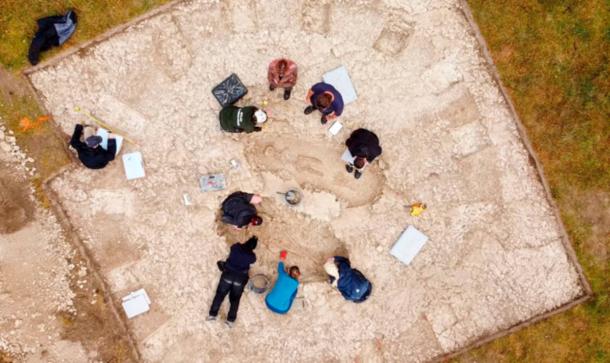
The gold pendants with a snake or dragon have been worn by high-status women or thought to have been treasured keepsake from a female relative or ancestor
The differences between the findings in the graves of men and women are even more fascinating. Swords, spears, and shields were discovered inside the men’s graves. Knives, buckles, brooches, and other artifacts were discovered in the women’s graves.
Scandinavian and Frankish origin artifacts were found in other graves at the Anglo-Saxon cemetery; the Scandinavian items belonged to a woman who lived in the late fifth century.
Historian and TV presenter Professor Alice Roberts will reveal more details about the discoveries in an upcoming BBC show – the six-part Digging for Britain – which starts in early January.
Professor Alice Roberts, stated: “I’ve never seen one that’s so beautifully preserved. It’s an extraordinary Anglo-Saxon cemetery, with really beautifully furnished graves, a lot of weapon burials where you find things like iron spear points and seaxes, which are Anglo-Saxon knives – and then there’s this astonishing sword.”
The items found will undergo a thorough examination before going on display at Folkestone Museum.
Cover Image Credit: Prof Alice Roberts/BBC/Rare TV

